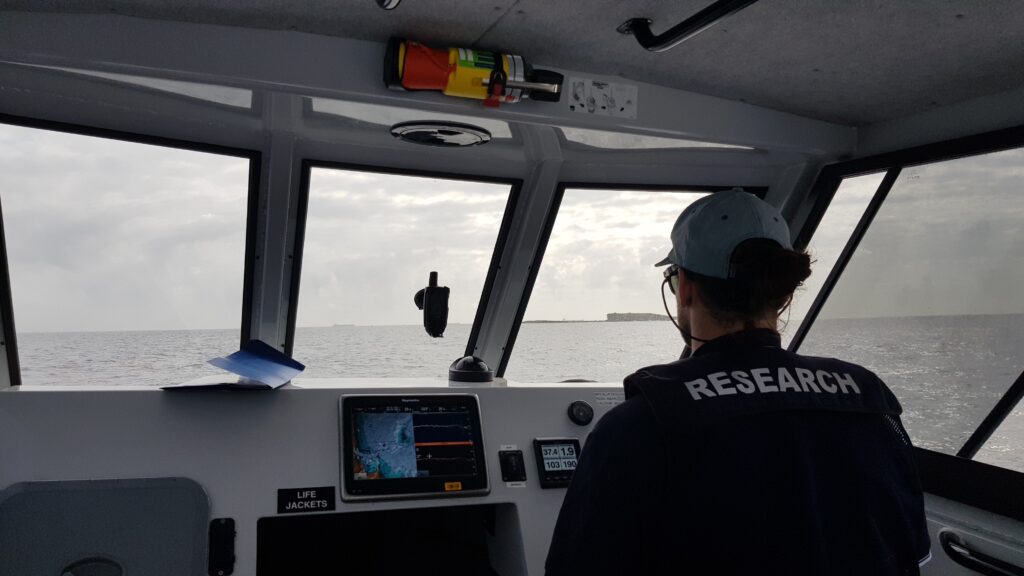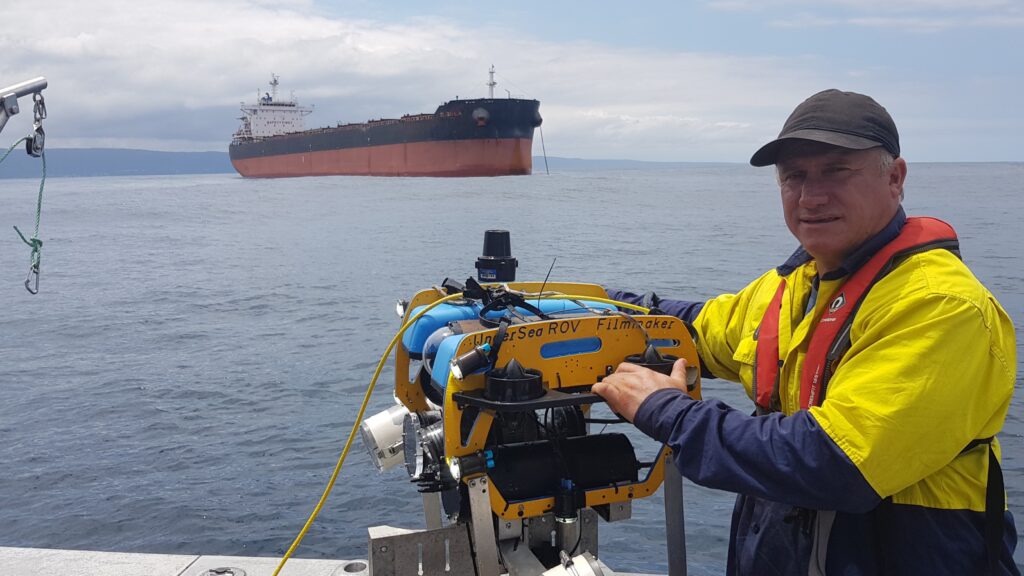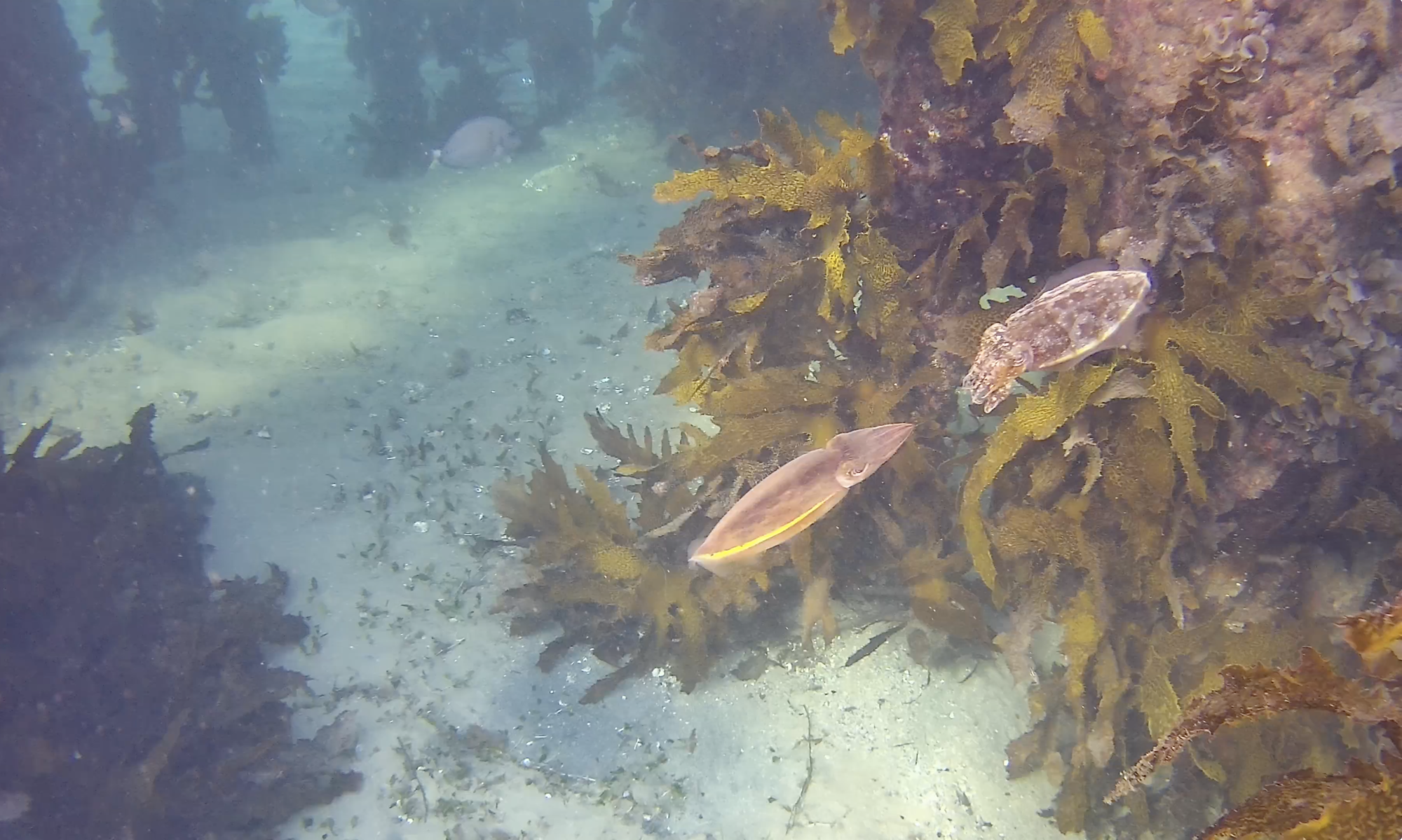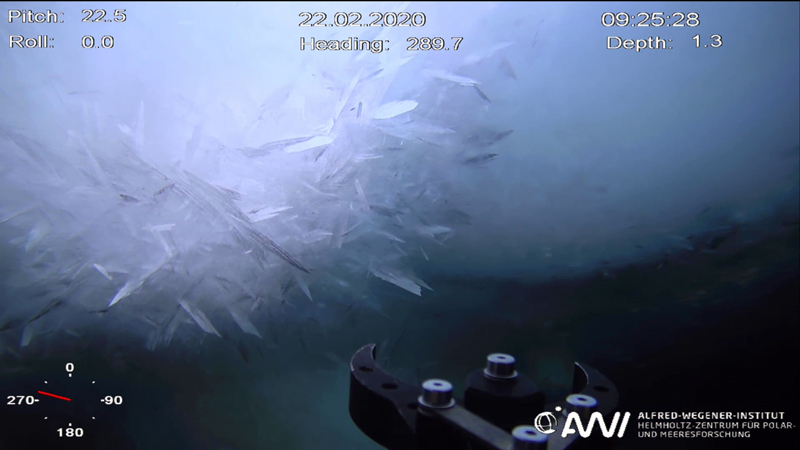Did you know that 2021 is the start of United Nations’ Decade of Ocean Science for Sustainable Development?
Delivering Science for the Future We Want
Ocean Science combines a variety of disciplines (physical, geological and chemical oceanography as well as marine biology) that study and provide data on the global marine environment (marine organisms, ecosystem dynamics, ocean currents, waves, geophysical fluids dynamics, plate tectonics and the geology of the sea floor as well as fluxes of various chemical substances and physical properties within the Ocean and across its boundaries).
Over the decades, Ocean Science evolved to integrate new societal needs and encourage new partnerships among oceanographers working in different disciplines leading to new discoveries about the ocean’s role in climate regulation and coastal ocean processes.
Ocean Science can support business operations (shipping industry, fisheries and aquaculture, etc…) as well as conservation and management activities or coastal communities by predicting Ocean hazards preventing and mitigating disaster risks.
For example, the discovery of oceanic eddies has been important for an understanding of ocean circulation, propagation of sound in the ocean, fisheries productivity, and other ocean processes.
https://www.oceandecade.org/about?tab=our-story
For more info, download their brochure here








